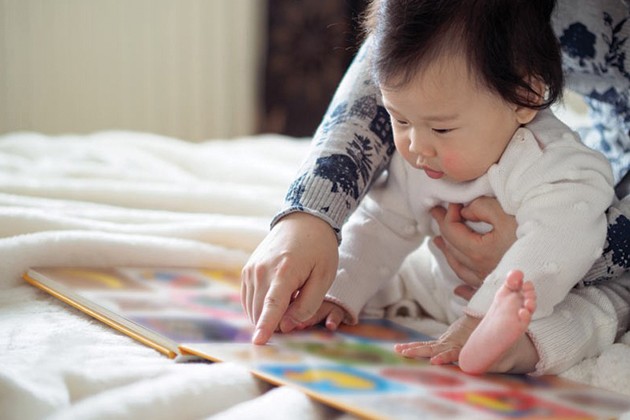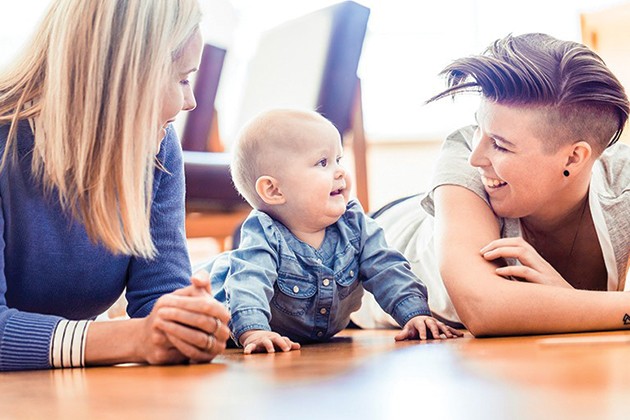6 Types of Books Your Baby Needs Now

Books are a perfect way to broaden your baby’s horizon and vocabulary.
But reading to your kid does so much more than jump-start their education; it strengthens the parent-child bond, exposes your little one to big concepts and ideas, helps establish a soothing sleep-time routine and is the best way to instill a love of reading that grows with your child.
So where to begin? At the library, your local bookstore or favorite online site, of course. And what to choose? Books in any one of the following categories, and you’ll be off to a smart start.
Nursery rhymes and poetry
Rhyming verses are calming to babies because they sound like the reassuring thump of a heartbeat. You can find illustrated versions of classical rhymes and lullabies to read to your tot. Or share just about anything with a rhythm, from a Shakespearean sonnet to Shel Silverstein verses to Dr. Seuss. Poems and nursery rhymes are also a good match with a baby’s short attention span, since you can read one in a minute or two. And keep these tips in mind, suggests Dipesh Navsaria, MPH, MSLIS, MD, a pediatrician who heads up the Reach Out and Read program in Wisconsin:
- You don’t need to read every page.
- You don’t need to read pages in any specific order.
- You don’t even need to read word for word what it says on the page.
- Let your child hold and manipulate the book.
Concept books
Since your baby’s vision is still developing, high-contrast images are easiest to see. Look for the simplest of books, with one clear photograph or graphic drawing per page, on a plain background, for babies under 18 months old. You can use these books to introduce your child to letters, numbers, shapes, colors, animals and more. Many babies love seeing other tiny tots, so books that use baby faces to show emotions or simple activities (eating, bathing, playing) are often a hit.
Board books
You’ll find concept books (along with classic tales and the newest storybooks) available in a sturdy board-book format. These books let your baby really experiment: What is this thing? What does it taste like? How do the pages work? Can I hold it all by myself? All this exploration is how babies learn, so don’t worry about gnawed corners or how many times a book gets pitched out of the stroller. It’s all part of raising a young reader!
Wordless books
Books without words let you flex your storytelling technique to match whatever you and your baby need that day. A silly story? A short one? A boring, go-to-sleep version? Although you should feel free to adjust and adapt all the children’s books you read, wordless versions are especially helpful in prompting freewheeling chats with your child—even though they don’t respond with their own words…yet!
Question-and-answer books
Stories that repeat a question or follow a pattern (think: Brown Bear, Brown Bear, What Do You See? or Is Your Mama a Llama?) help build your baby’s budding language skills. Even before your baby can say the words, they are learning to anticipate what the words are. Soon enough, your baby will be able to participate, too, by jumping in with their own prediction about what that brown bear is seeing.
Interactive books
Even the youngest babies enjoy investigating textures with touch-and-feel books (often available in a durable board-book format). Since young children learn with all their senses, it just makes sense to add touching to the hearing and seeing aspects of reading. As your baby grows, add a few simple lift-the-flap stories to your collection so your baby can play peek-a-boo with their friends on the page or discover other fun surprises. Plus, these interactive features help build fine motor skills and memory.









